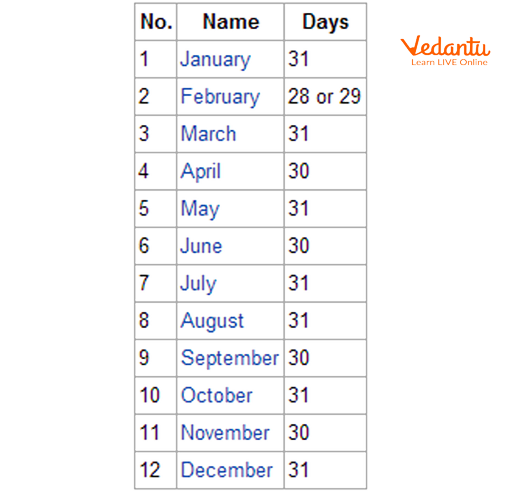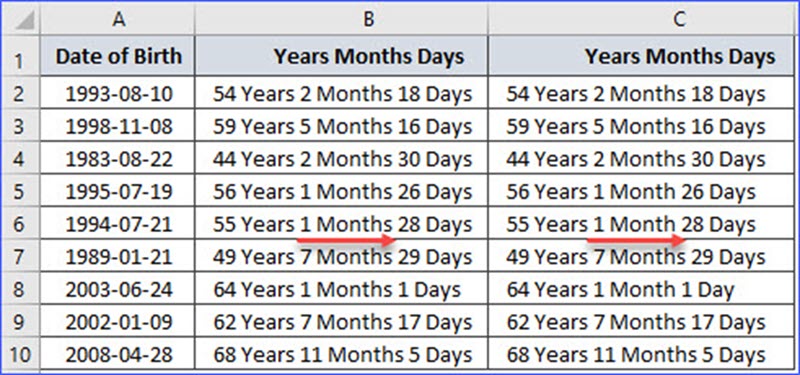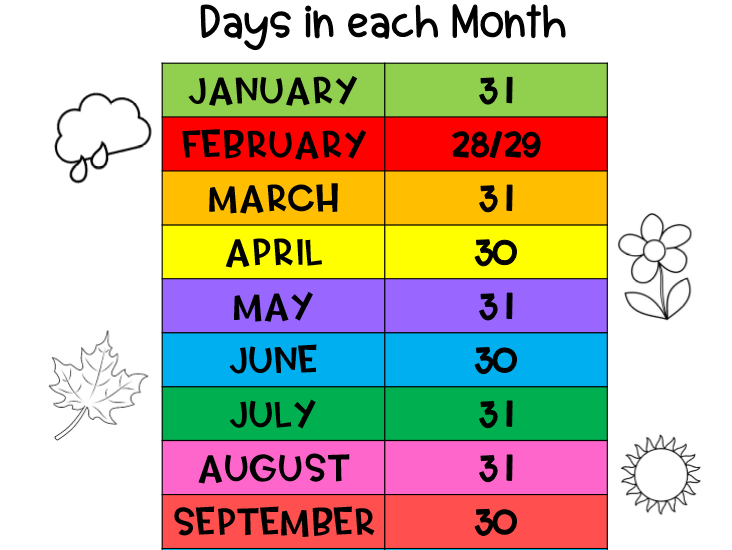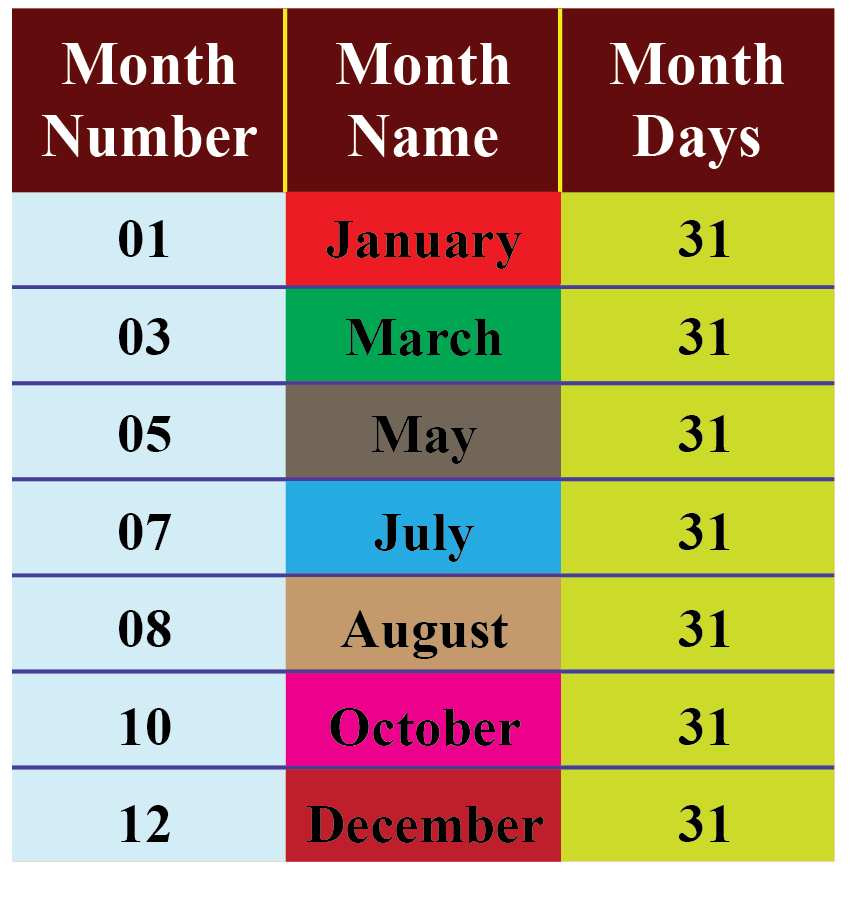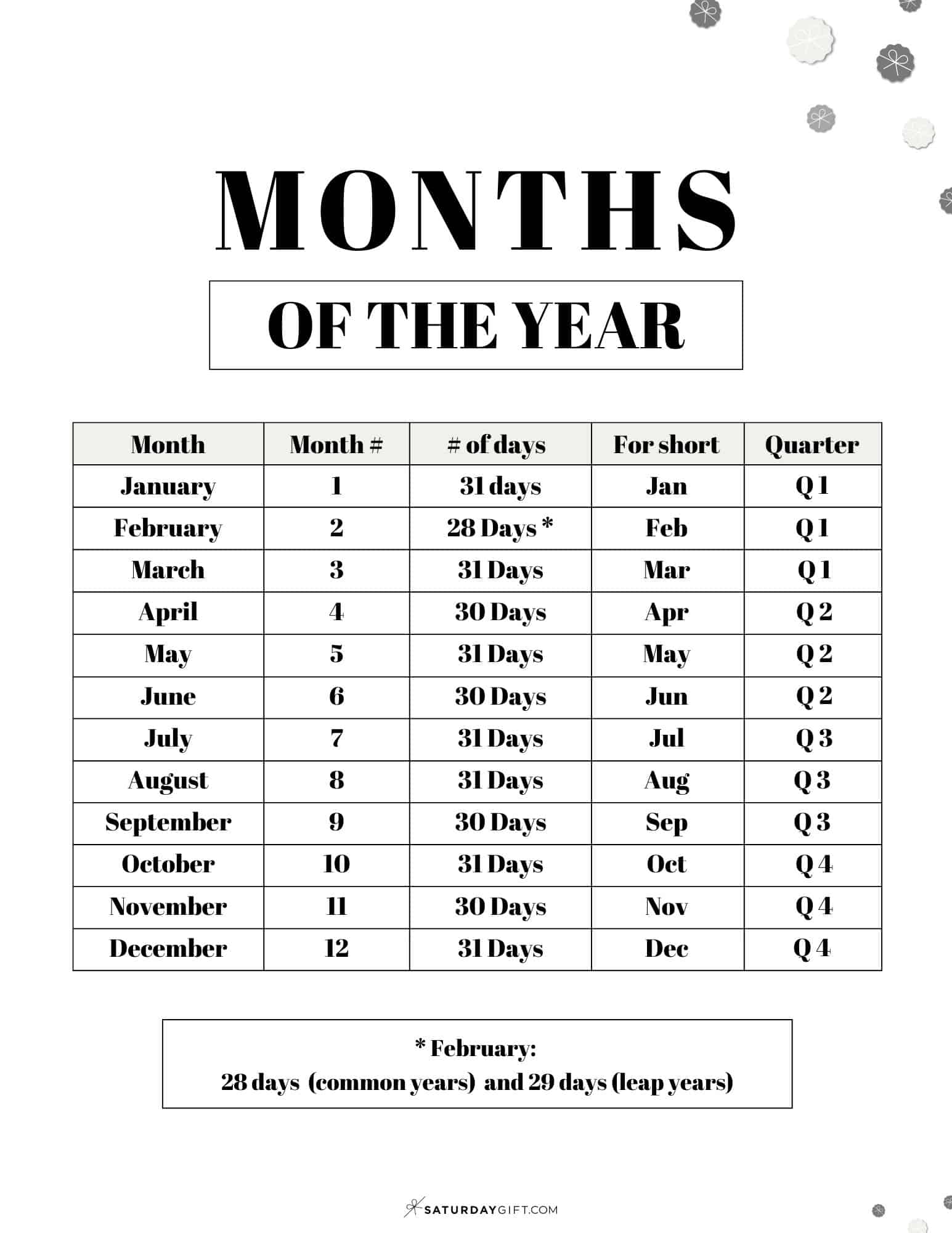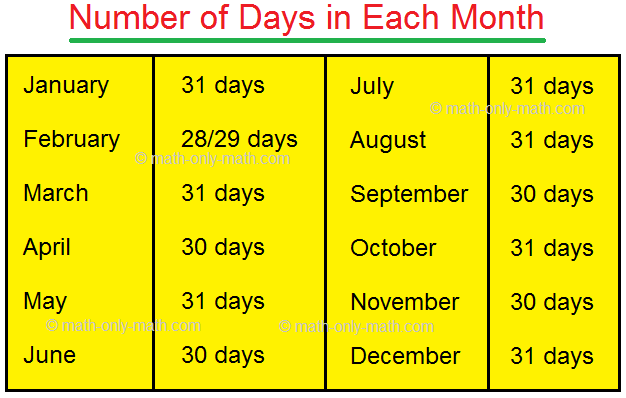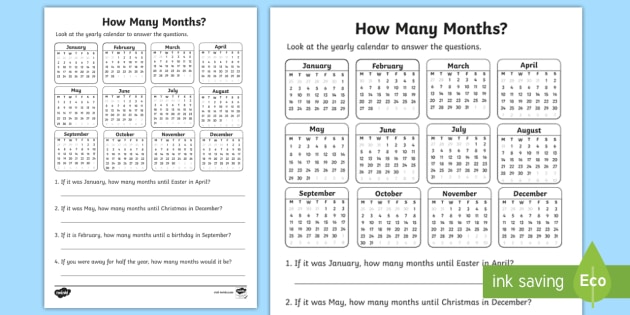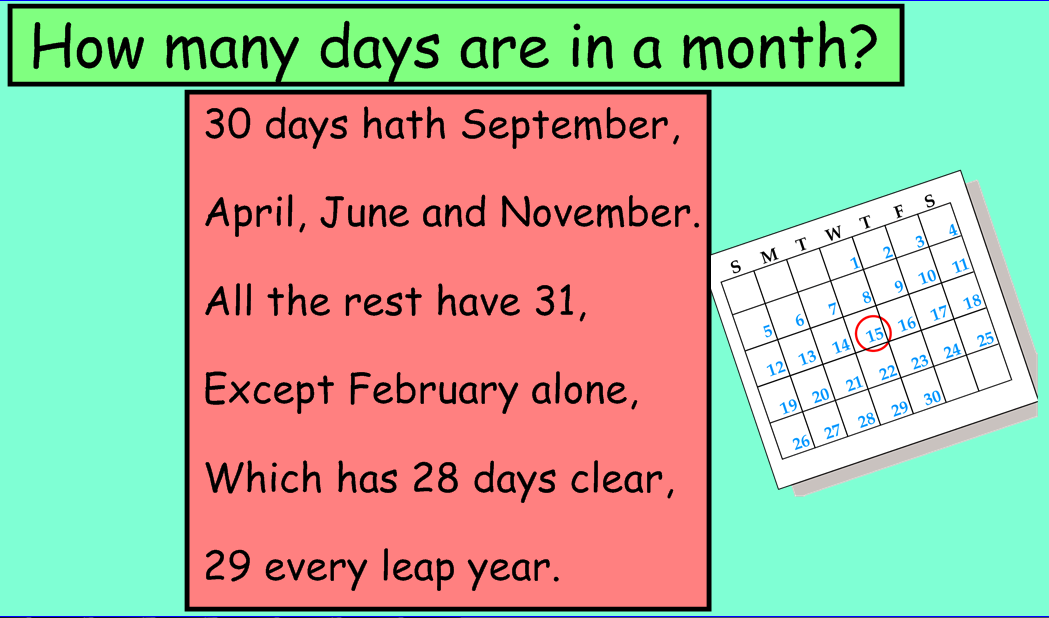How Many Months Is 67 Days

The question seems simple on the surface: How many months are there in 67 days? However, the answer reveals a complex intersection of mathematical precision and the inherent variability of our calendar system. While seemingly straightforward, converting days into months exposes the discrepancies between fixed units and the fluctuating lengths of calendar months, an issue that impacts everything from contract negotiations to calculating interest accrual.
This article will dissect the seemingly innocuous question of converting 67 days into months. It will address the inherent complexities arising from the varying lengths of months in the Gregorian calendar. We will explore different methods of calculation, examine the legal and financial implications of such conversions, and ultimately provide a comprehensive understanding of this seemingly simple, yet surprisingly nuanced, problem.
The Core Challenge: Variable Month Lengths
The primary obstacle in determining the number of months in 67 days lies in the inconsistent duration of months. The Gregorian calendar, the most widely used civil calendar, designates specific lengths to each month. These lengths range from 28 days (or 29 in leap years) for February, to 30 days for April, June, September, and November, and 31 days for the remaining months.
This variation means there's no single, universally accurate answer. Instead, we must resort to approximations and averages.
Approximation Methods
One common approach is to use the average length of a month. This is typically calculated as 365.25 days (accounting for leap years) divided by 12 months, resulting in approximately 30.44 days per month. Using this average, 67 days would equate to roughly 2.2 months (67 / 30.44 ≈ 2.2).
However, this is merely an average. Applying it to specific situations can introduce inaccuracies. Another method involves considering only months with 30 days, for instance. Dividing 67 days by 30 yields approximately 2.23 months, yet this excludes longer months like January or March and ignores the possibility of February.
The most precise method is to consider the actual sequence of months. We can determine how many calendar months would completely fit within the 67-day period and then account for any remaining days.
Practical Implications and Real-World Scenarios
The calculation of months from days extends far beyond simple curiosity. It has practical implications in various fields, particularly in finance and law.
In financial contexts, interest accrual, loan repayment schedules, and lease agreements often rely on converting days to months. A slight discrepancy in the conversion can translate to significant financial differences, especially over longer durations or with larger sums of money. Financial institutions must use standardized conversion methods to ensure fairness and avoid disputes.
Legal contracts frequently stipulate deadlines or payment schedules in terms of months. Imagine a contract specifying "payment due within 2 months." If the start date is January 15th, does the deadline fall on March 15th, or is a slightly different calculation used considering February's shorter length? Contractual ambiguity can lead to litigation, emphasizing the need for precise and clearly defined terms.
Rentals, for example, are commonly set on a monthly basis. Calculating pro-rated rent for a partial month involves converting the number of days into a fraction of the monthly rate. Accuracy in this conversion is crucial for both landlords and tenants. These situations underscore why the seemingly simple conversion of days to months requires careful consideration and adherence to established industry practices.
Legal and Regulatory Considerations
Several legal frameworks attempt to standardize the conversion of days to months, especially in financial transactions. In some jurisdictions, specific regulations dictate how interest rates are calculated or how lease terms are interpreted. These regulations may prescribe the use of a 30-day month or the actual number of days in each month.
The European Central Bank (ECB), for instance, often uses a "day-count convention" for calculating interest on bonds. These conventions specify how to determine the number of days in a period and how to convert those days into years or months. Different conventions exist, each with slightly varying formulas. Understanding these conventions is crucial for anyone involved in financial markets.
In the United States, the Uniform Commercial Code (UCC) provides a framework for commercial transactions. While it doesn't explicitly define how to convert days to months, it emphasizes the importance of "course of dealing" and "usage of trade." This means that established practices within a particular industry can influence how conversions are interpreted. Courts often look to these practices when resolving disputes arising from contractual ambiguity.
Looking Ahead: Towards Greater Standardization
The challenges associated with converting days to months highlight the need for greater standardization. While a perfectly universal solution may be elusive due to the inherent variability of the calendar, increased transparency and adoption of consistent methods within specific industries can mitigate potential disputes and ensure fairness. One potential solution is the increasing adoption of software that can perform these calculations accurately.
As technology continues to advance, sophisticated algorithms can accurately calculate the number of months based on specific calendar dates, accounting for leap years and variations in monthly lengths. Such tools can reduce the risk of human error and promote consistency across different applications.
In conclusion, determining the number of months in 67 days isn't a straightforward calculation. It requires careful consideration of the varying lengths of calendar months, the context in which the conversion is being used, and any applicable legal or regulatory guidelines. While approximation methods can provide a general estimate, precise calculations are crucial in financial and legal settings. By embracing standardized methods and leveraging technological advancements, we can minimize ambiguity and promote fairness in situations that rely on converting days to months.

